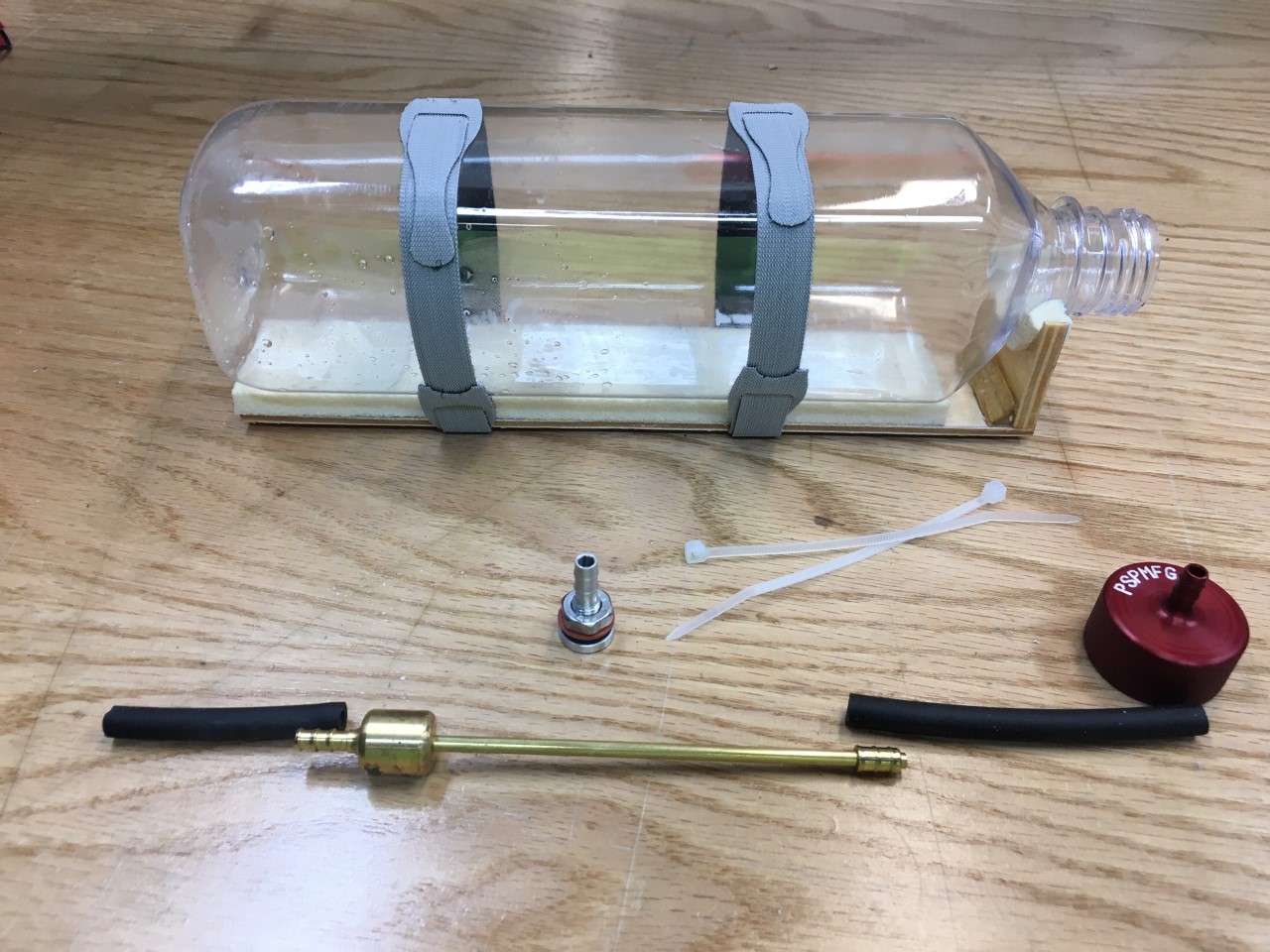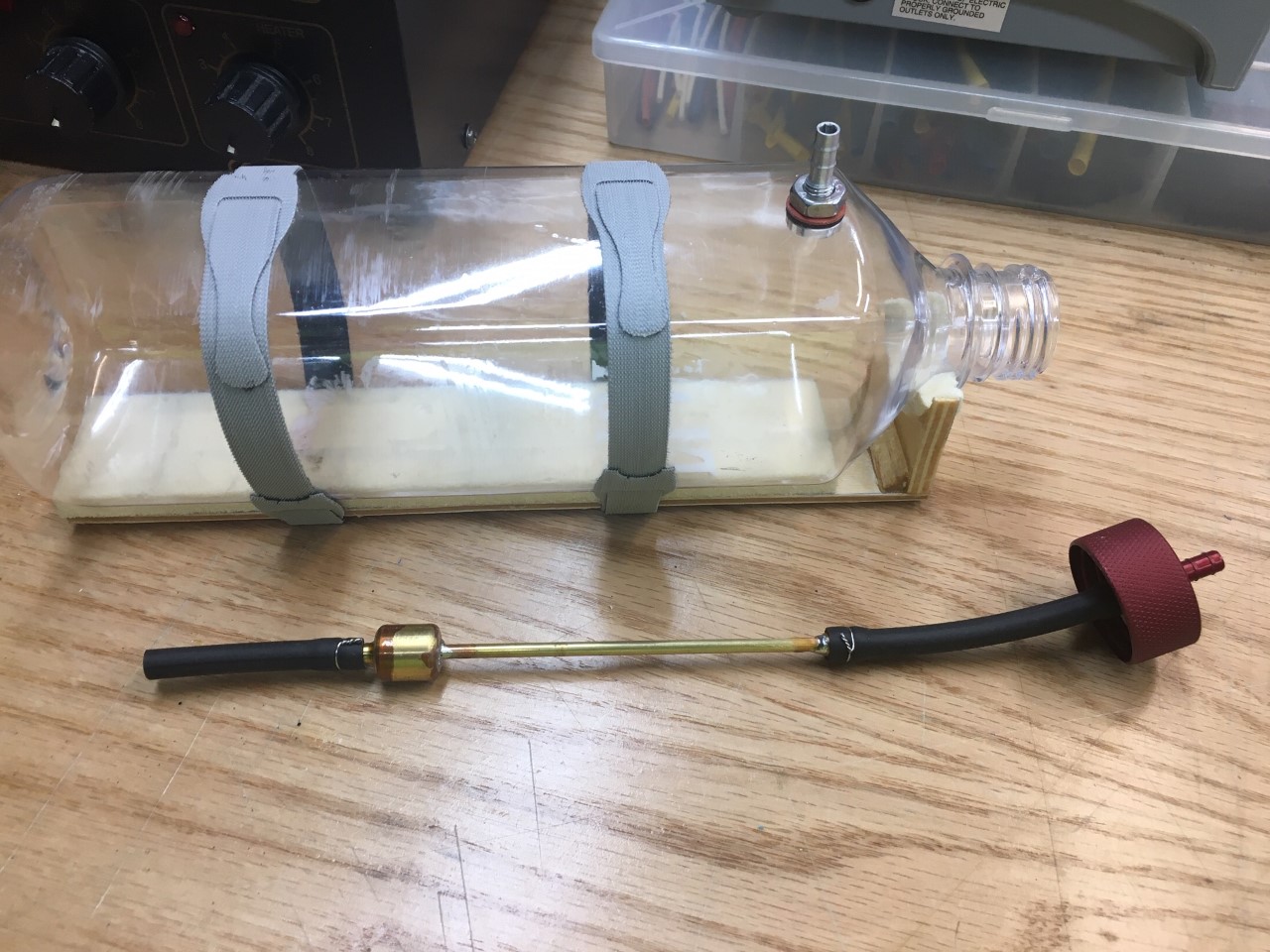There has been no time to play airplanes for the past few weeks due to the new job - I've spent the last two weeks (Sunday thru Friday) traveling and learning the new products I sell. With that out of the way, this weekend had the promise of warm (for Wisconsin in early March) weather, so I wanted to get the Rascal out to maiden.
I brought it outside Saturday morning to fuel up and test the engine. The engine is unchanged from last year when I got it running for the first time, so I figured this would be a fairly easy task. However..... it wouldn't fire, or even pop. I spent a couple hours trying to get it to run. It had plenty of fuel, I could see the spark, so I figured it was the air mixture. Still nothing.
I thought it might be the new ignition kill, which was new from last year, so I bypassed it and still nothing. Then I pulled the plug and grounded it to the engine case and hit it with the starter. Hmmm..... no real spark! It sparked well when hand turning the prop, but with a fast turning starter it didn't spark! Somehow my new ignition module that worked well last year wasn't working. I swapped in another ignition from a different engine and it fired right up. I did some swapping of parts in and out, with and without the ignition kill, with the old and new ignition module, and determined the only problem was the ignition module. So now I've got to swap in the new box, which will be fairly quick and easy.
I also found there was a problem with the throttle servo. It worked well with the plane running, but not with a dead engine. I think it's got a stripped gear, and will replace it to be safe.
I'm also trying a pre-mixed 40:1 non-ethanol fuel and so far really like it. It seems to run much cleaner with no residue compared to mixing my own. However, it's not cheap at around $22/gallon. I may use it for the convenience and clean running when I'm not flying much. We'll see... So now I need to pull the plane back into the hangar, change a few things, and get it ready again for a maiden.









